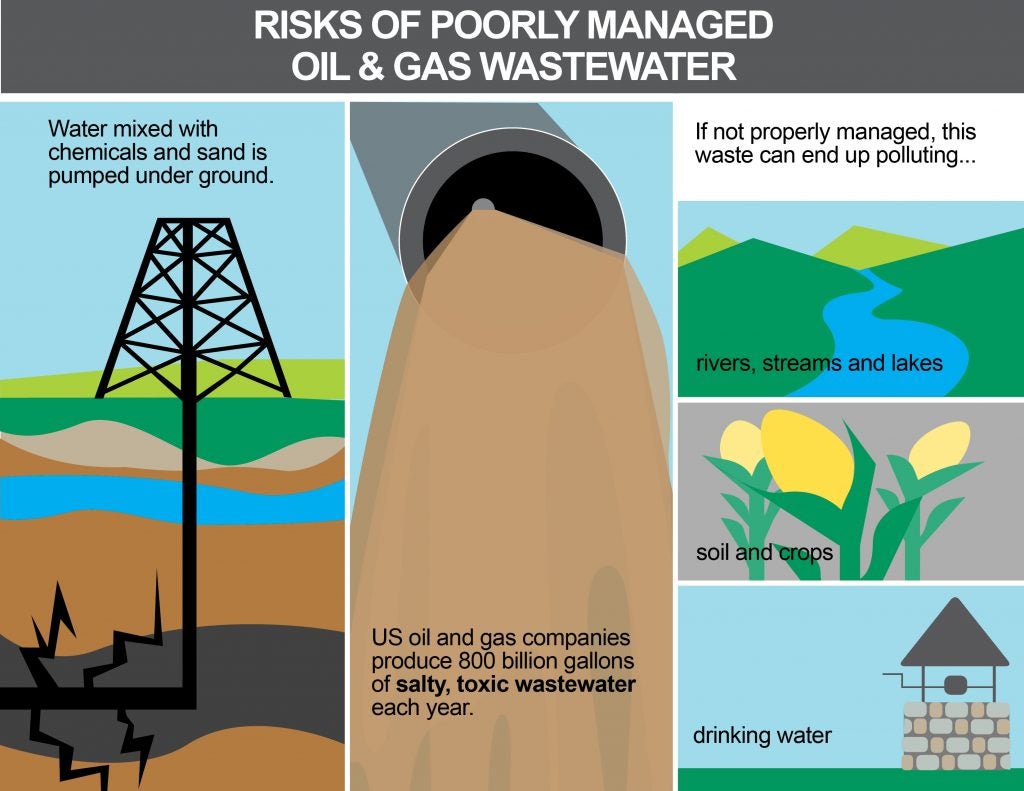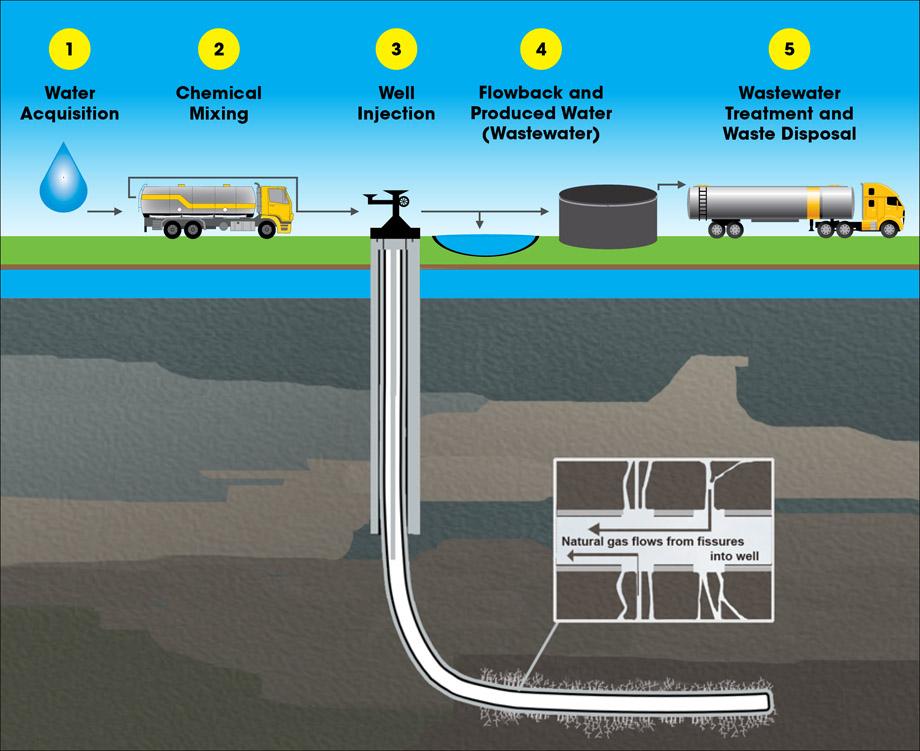Tomorrow, the U.S. Environmental Protection Agency (EPA) will hold a special meeting to update the public about what the agency has learned since launching an examination into our nation’s current practices for handling wastewater from the oil and gas industry.
This research endeavor comes at a very salient time. The volume of wastewater generated by onshore oil and gas development is growing larger by the day – with production reaching nearly 900 billion gallons a year. This massive influx is forcing states, companies and other stakeholders to seriously think about whether our current methods for handling this wastewater are the best methods for the future based on a number of shifting dynamics.
The meeting tomorrow will allow agency officials to provide updates about what they’ve learned so far, and will give energy experts and other interested stakeholders the opportunity to weigh in with additional intel and perspectives. Here are three things to keep in mind ahead of tomorrow’s hearing. Read More













